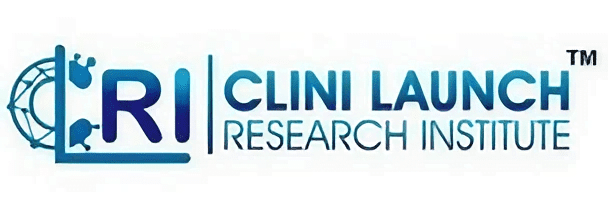Clinical trials serve as essential research studies, exploring new treatments like medicines, vaccines, and medical devices. They play a crucial role in comparing different treatments to identify the most effective ones. Conducted in multiple steps, the phases of clinical trial trials provide valuable data on dosage, safety, and efficacy, shedding light on how safe a treatment is, its optimal usage, and overall effectiveness. Approval for clinical trials is granted by regulatory authorities or ethics committees, ensuring a thorough evaluation of the risks and benefits. Notably, approval is specific to the trial itself, not the treatment\’s general safety or effectiveness. The outcomes of clinical trials influence decisions about a treatment\’s widespread use, aiding regulatory agencies in determining if it meets safety and efficacy standards for approval. Clinical trials are an integral part of advancing medical knowledge and ensuring that new treatments benefit patients safely and effectively.
CLINICAL TRIAL
Clinical trials in research consist of three main phases—phases 1 to 3. Phase 1 trials are the initial stages, while phase 3 represents later phases. Additionally, certain trials include an earlier stage known as phase 0, and phase 4 trials occur post-licensing.
Let’s discuss more about the phases of a clinical trial.
Phase 0:
The initial phase involves administering a 1/100th dose to healthy volunteers, ensuring minimal toxic effects. With 10-15 participants, this phase primarily observes drug absorption, distribution, metabolism, and excretion (ADME), setting the stage for further investigation.
Phase 1:
During the phase 1 clinical trial, researchers study the effects of a medication on a small group of people (usually 20 to 80) who are healthy and do not have underlying health conditions. The goal of this phase is to determine the highest dose of the medication that can be given without causing serious side effects. Participants are closely monitored to observe how their bodies react to the medication during this phase. While preclinical research provides some information about dosing, the effects of a medication on the human body can be unpredictable. In addition to evaluating safety and the ideal dosage, researchers also look at the best way to administer the drug, such as orally, intravenously, or topically.
According to the FDA, almost 70% of medicines move on to the next phase.
Phase 2
During the phase 2 clinical trial, researchers study the effects of a medication on several hundred people who are living with the condition that the new medication is meant to treat. They are usually given the same dose that was found to be safe in the previous phase. Researchers monitor participants for several months or years to see how effective the medication is and to gather more information about any side effects it might cause. While phase 2 involves more participants than earlier phases, it’s still not large enough to demonstrate the overall safety of a medication. However, the data collected during this phase helps researchers come up with methods for conducting phase 3.
According to the FDA, approximately 33% of medicines move on to the next phase.
Phase 3
During the phase 3 clinical trial, researchers investigate the efficacy of a new medication compared to existing treatments for the same condition. To progress, they must demonstrate that the new medication is at least as safe and effective as current options. Achieving this, researchers employ randomization, randomly assigning some participants to the new medication and others to an existing one. Typically double-blind, phase 3 trials ensure neither participants nor researchers know which medication is administered, reducing bias. The FDA typically mandates a phase 3 clinical trial before approving a new medication. Given the larger participant pool and extended duration, rare and long-term side effects are more likely to surface during this phase. Approximately 25 to 30% of medications advance to the next phase.
Phase 4
Phase 4 clinical trials are conducted after a drug or device has received approval. The objective of this phase is to observe the drug\’s performance in real-world scenarios, assess its long-term risks and benefits, and identify any uncommon side effects. Involving thousands of participants, this phase extends over several years. Investigators utilize phase 4 to gather additional information regarding the medication\’s long-term safety, effectiveness, and any potential additional benefits.
As we explore the phases of clinical trials, it becomes evident that each phase plays a crucial role in shaping our understanding of a new treatment\’s safety, efficacy, and real-world impact. These trials, guided by meticulous research and ethical considerations, bring us closer to innovative and effective medical solutions.






Fantastic beat ! I would like to apprentice while you amend your web site, how could i subscribe for a blog site? The account helped me a acceptable deal. I had been a little bit acquainted of this your broadcast offered bright clear concept